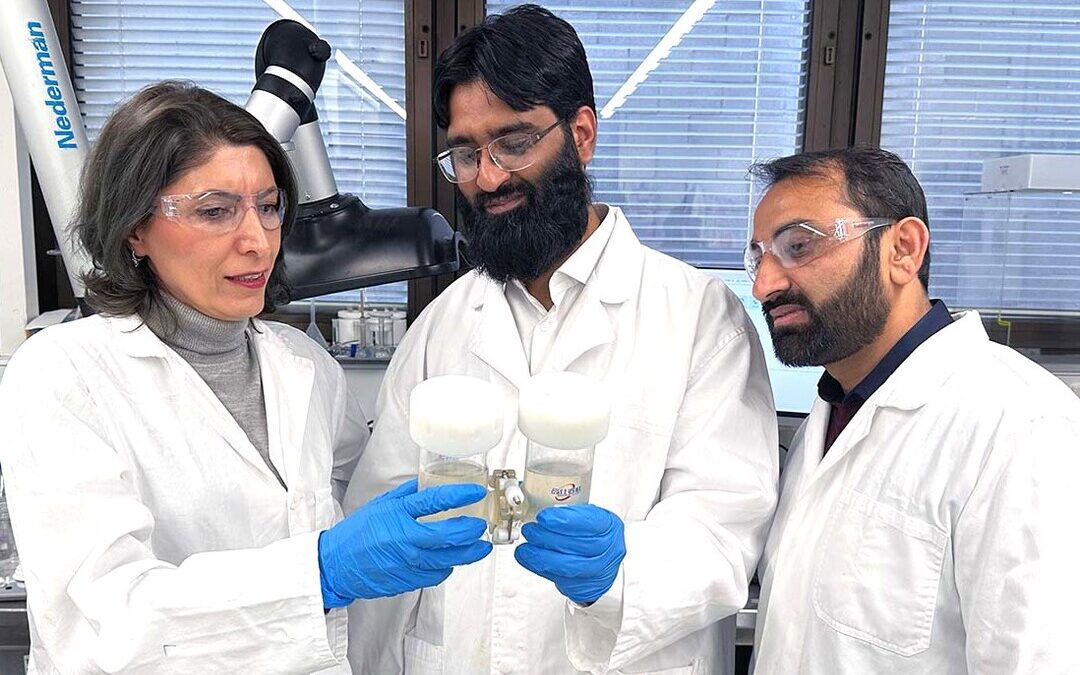Australia’s RMIT Univ Turns Wastewater Contaminants Into Clean Hydrogen
Researchers develop carbon-based electrodes that turn metal-laden wastewater into a clean source for green hydrogen production.
Researchers at Australia’s RMIT University have developed a new technique that uses the contaminants in wastewater to accelerate the production of green hydrogen, potentially easing pressure on scarce freshwater supplies and reducing treatment costs.
The innovation, developed in collaboration with the University of Melbourne, the Australian Synchrotron and the University of New South Wales, repurposes heavy metals typically found in wastewater, such as platinum, chromium and nickel, to act as catalysts for hydrogen production.
“Our method harnesses wastewater’s inherent materials rather than requiring purified water or complex additional steps,” Associate Professor Nasir Mahmood, lead researcher from RMIT’s School of Science, said in a statement.
Electrodes From Agricultural Waste
The technology centers on a carbon-based electrode that attracts metal contaminants to its surface, forming catalytic materials that facilitate the splitting of water into hydrogen and oxygen using electricity from renewable sources.
The electrode’s carbon surface is made from agricultural waste, reinforcing its low-cost, circular-economy credentials.
“The catalyst speeds up a chemical reaction without being consumed in the process,” Mahmood said. “The metals interact with other elements in the wastewater to boost the electrochemical reactions.”
The experimental system successfully sustained water-splitting operations for 18 days with minimal performance loss, using partially treated wastewater samples.
The hydrogen produced can be stored as clean energy, while the oxygen could be fed back into treatment facilities to help reduce organic waste.
Potential for Commercial Application
Professor Nicky Eshtiaghi, co-lead researcher from RMIT’s School of Engineering, said the system offers a dual benefit to the energy and water sectors by converting waste into value.
“Our innovation addresses both pollution reduction and water scarcity,” she said. “We’re keen to work with companies tackling energy, water and waste challenges globally.”
The team is seeking commercial and government partners to further scale the system. According to RMIT, additional research will focus on optimizing the catalyst process and testing the system with a broader range of wastewater types to ensure broad applicability.
Global Opportunity Amid Untreated Wastewater
More than 80 percent of the world’s wastewater is discharged untreated, posing major environmental challenges. This new approach could help transform that liability into a productive asset for clean hydrogen production.
Muhammad Haris, a co-researcher from RMIT’s School of Engineering, said the results mark an early but promising step.
“We need to validate the method across various wastewater sources and optimize the catalyst’s performance for real-world conditions,” he said.
Nirmal Menon
Related posts
Subscribe
Error: Contact form not found.


